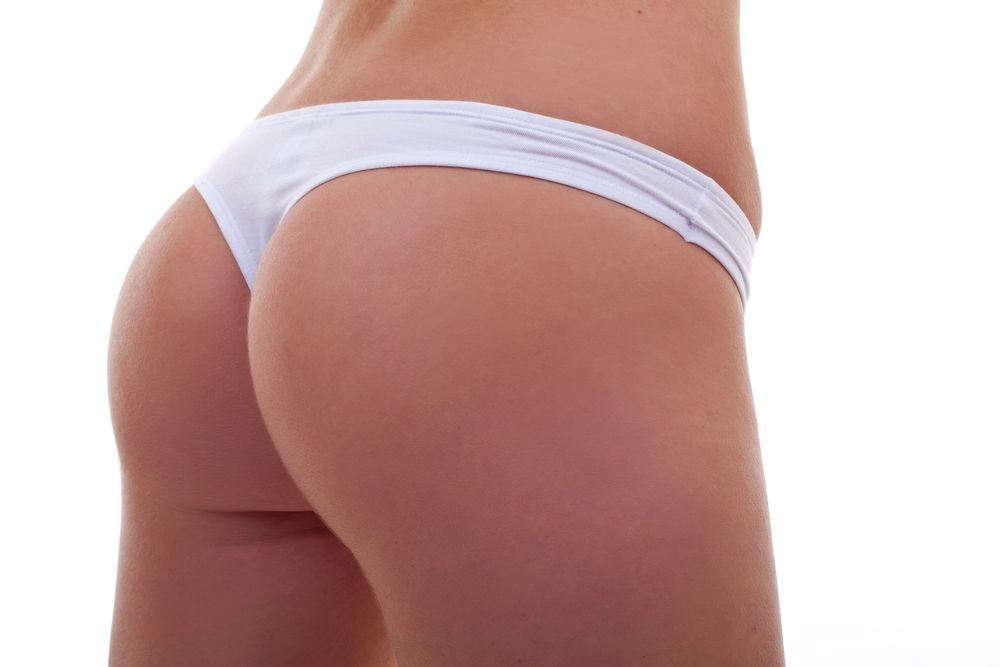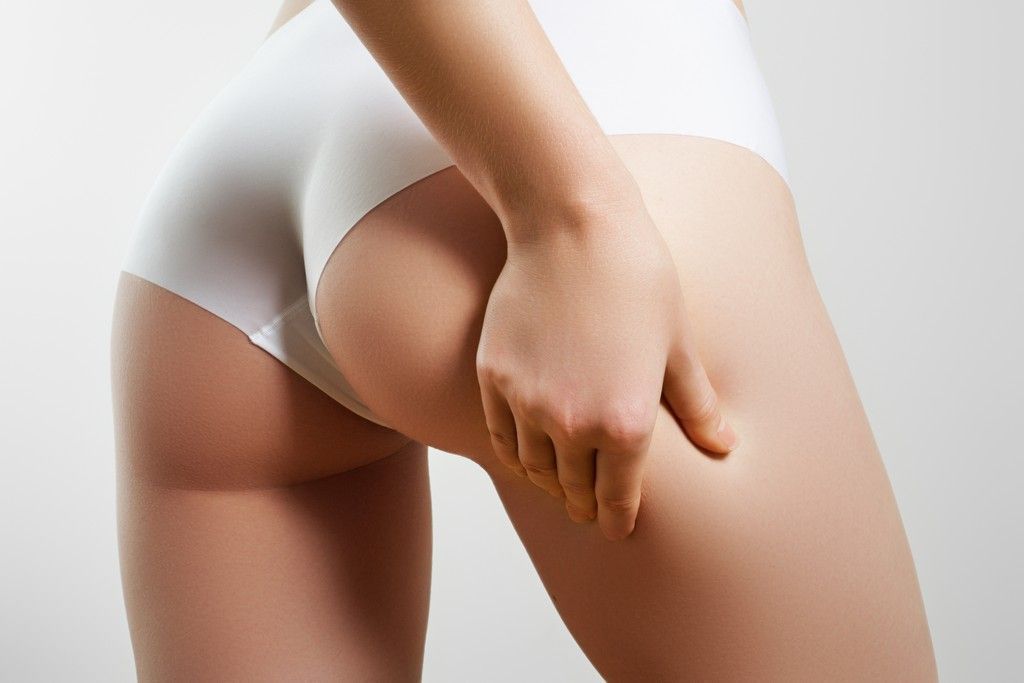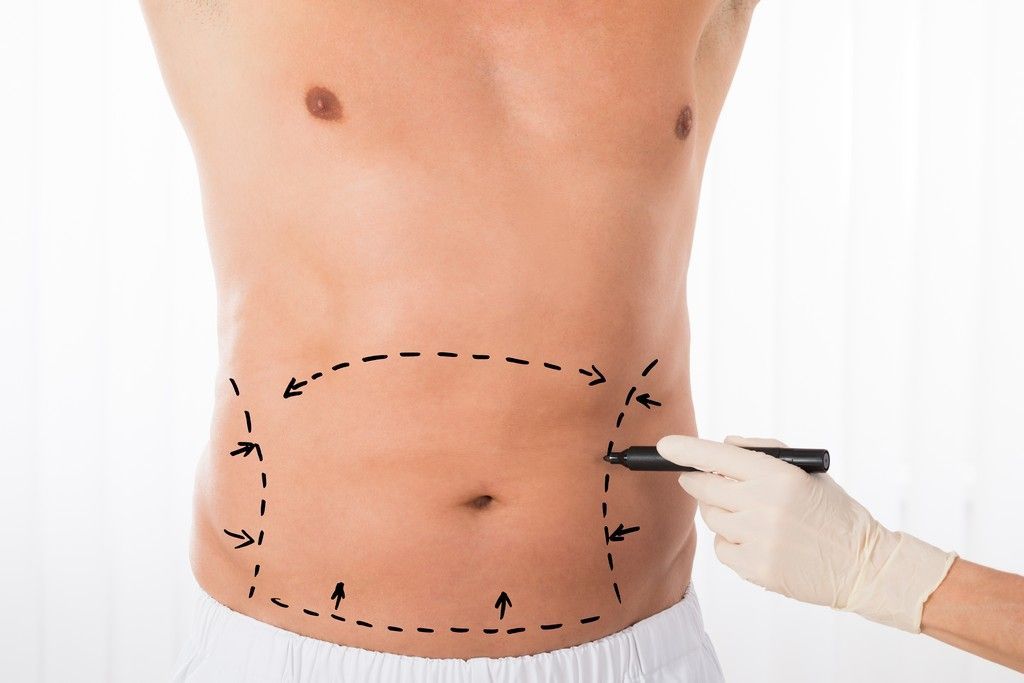Gluteal augmentation surgery with prosthesis
English subtitled video

Book a visit
You can do it in 3 ways:
– Free on-site visit: Call +34 932066540 from Monday to Thursday from 9:00 am to 6:00 pm and Friday from 9:00 am to 3:00 pm.
– Free on-site visit with IMMEDIATE booking: For booking outside office hours. We charge 60 € on your card to avoid false bookings. It is refunded on the day you come to the consultation.
– ONLINE Visit: Video conference using whatsapp or Zoom. Cost of 60 € non-refundable. When booking indicate in the comments that you want videoconferencing and not on-site.

Book a visit
You can do it in 3 ways:
– Free on-site visit: Call +34 932066540 from Monday to Thursday from 9:00 am to 6:00 pm and Friday from 9:00 am to 3:00 pm.
– Free on-site visit with IMMEDIATE booking: For booking outside office hours. We charge 60 € on your card to avoid false bookings. It is refunded on the day you come to the consultation.
– ONLINE Visit: Video conference using whatsapp or Zoom. Cost of 60 € non-refundable. When booking indicate in the comments that you want videoconferencing and not on-site.
WHERE DO WE OPERATE?
At Clínica Sanza we rely on the Sagrat Cor Hospital, part of the Quirónsalud group, to perform our surgical procedures.
Its prestige, facilities, medical and healthcare staff, as well as its technology are a guarantee.
BARCELONA: A HEALTH HUB
Do you want to know why it is worth coming to Barcelona for plastic surgery and why so many people come from abroad?
WE ORGANIZE EVERYTHING FOR YOU
Your trip, your flight, your operation, your transfer and your hotel with our support agency. We work with the best travel agencies worldwide.
PATIENT PROFILE
People that wish to elevate or project their gluteus in a definitive way, like in breast implants when breasts are fallen.
Thin people that want more gluteus volume and do not have fat in another zone to make a lipofilling.
PROCEDURE
There are several ways to improve small, fallen and flaccid gluteus. One of them uses a sub-muscular prosthesis to achieve projection and elevation.
Prosthesis implant are based on providing gluteus symmetry and volume. Generally speaking, it is done bilaterally, but in some special cases implant volume can vary in regards to both glutei, depending on the symmetry of the area. These prostheses have a more cohesive gel than breast implants and are rounded, anatomic or oval shape.
Surgery is done with a small vertical incision with a size of 3 to 5 cm, at the intergluteal fold, in other words, the fold between the buttock’s cheeks.
DURATION OF THE SURGERY
- 2 hours.
PROTOCOL
Pre-surgery
- Evaluation of the area to determine the adequacy of the treatment.
- Follow specific patterns determined by the doctor.
- Cardiac, blood, respiratory tests.
Anesthesia
- Local and sedation, epidural or general.
Hospitalization
- 24 h hospitalization.
Post-surgery
- Suture removal after 15 days if they are not resorbed by themselves.
- Compressive bandage from 24 to 48 hours.
- Belt from 15 to 20 days.
- Medication if required.
- Mandatory examinations after several days, several weeks and several months, according to prescription.
Convalescence
- Daily life restart after 24 to 48 hours after surgery, only if it is not a physical work and if the patient can sit in a soft chair or with a pillow under the inferior glutes.
RESULTS/OUTCOME
- Natural gluteus projection.
- Wished symmetry and volume.
- Better smoothness.
- Improved and rejuvenated patient appearance.
- Improvement of the patient’s psychological profile and self-esteem.
LEVEL OF DIFFICULTY
- Simple-medium intervention.
RISK LEVEL
- Medium-Low.
- Intervention risks: prosthesis rejection or displacement due to a bad post-surgery. In this case a retouch will be needed to replace the prosthesis.
- General intervention risks: hemorrhage, infection, scarring alteration.
BEFORE/AFTER PHOTOS
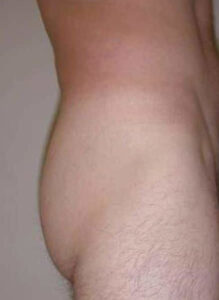
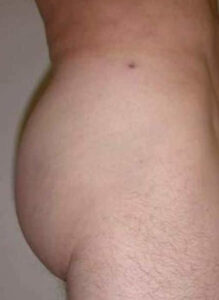
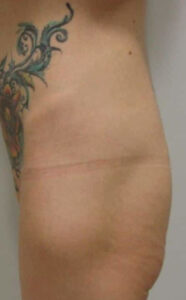
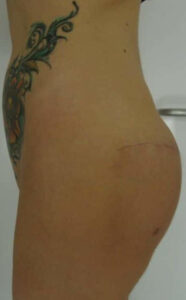
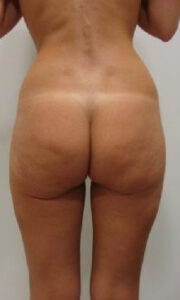


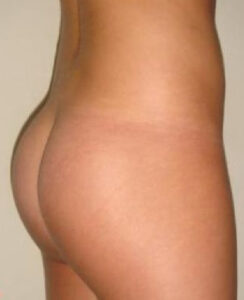
Whatever your case may be, do not hesitate in contacting us.
Clínica Sanza in Barcelona, Spain, quality service
Frequently asked questions about buttocks
How can I improve the appearance of my buttocks?
What is the candidate for gluteoplasty?
What are the procedures in buttocks surgery?
How’s the procedure?
How long does the surgery take?
Is hospitalization necessary?
What are gluteal implants and what type of prosthesis are there?
When to think about liposuction of the buttocks? Or lipolaser?
When should I think about a butt lift?
When are threads useful in buttocks?
How are threads made in the buttocks?
What can I expect after surgery?
After surgery, the patient may feel somewhat uncomfortable with mild pain. This discomfort is controlled by the use of analgesics and anti-inflammatories. The bandage along with the drains will be left in place for the first 24 hours and swelling may persist for some time. It is necessary to lie on your stomach for the first 24 hours, and then gradually resume normal activities. We advise according to each technique, the postoperative can be from 24h to 1 or 2 weeks. Then lean on the sides at bedtime until the swelling gradually subsides.




